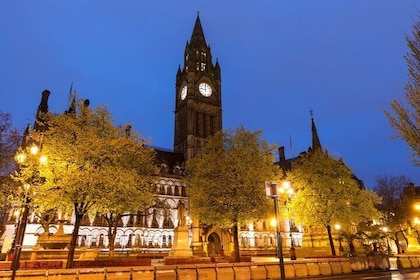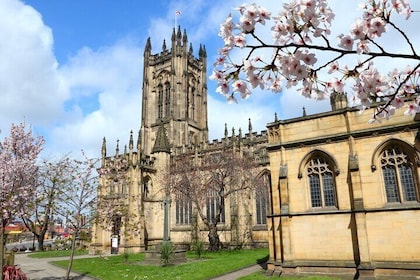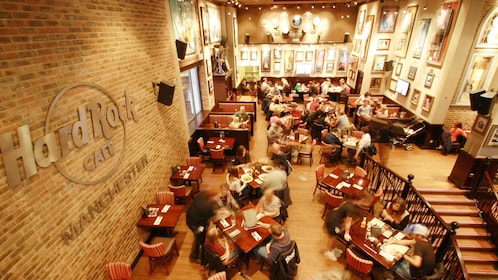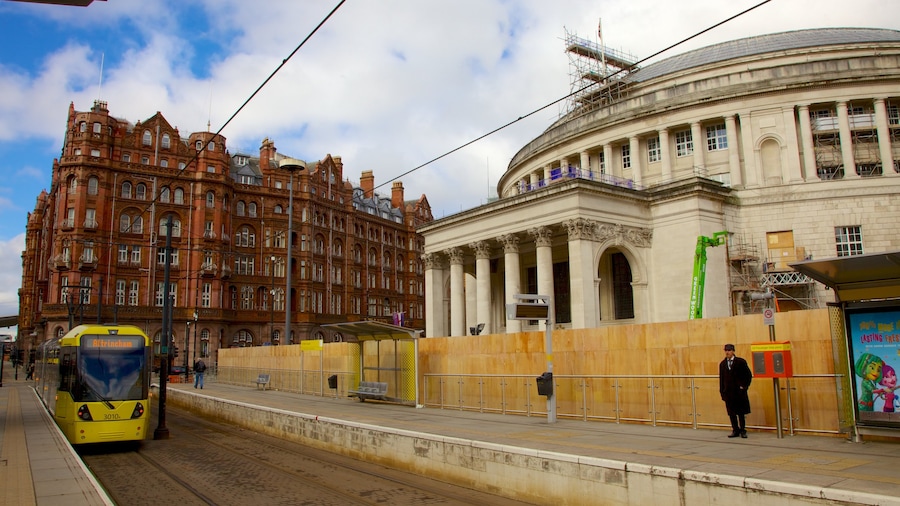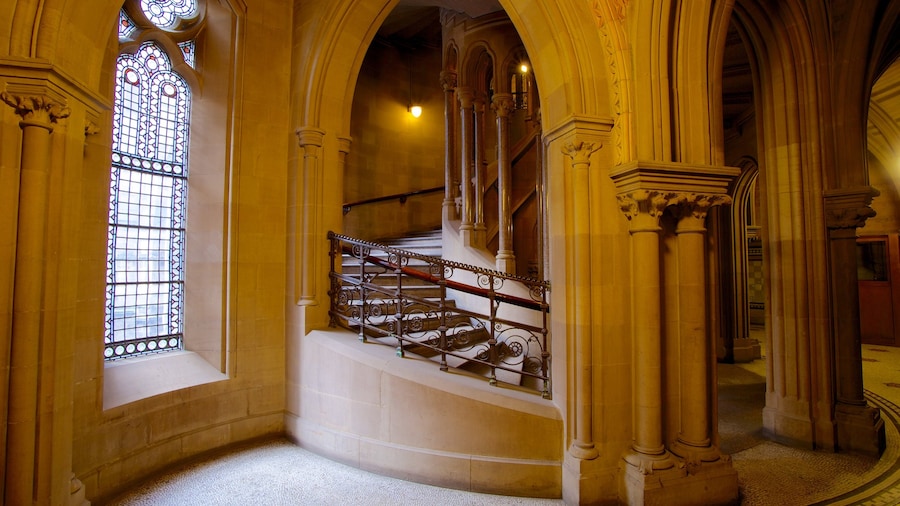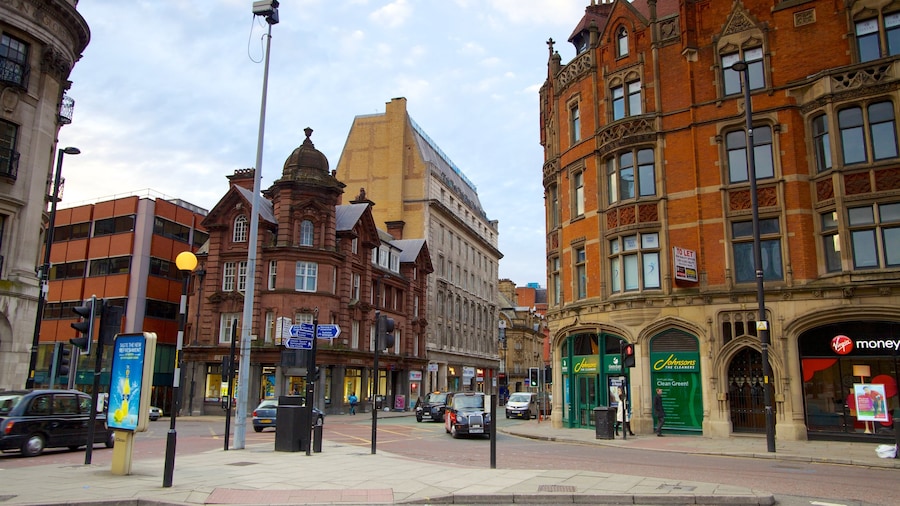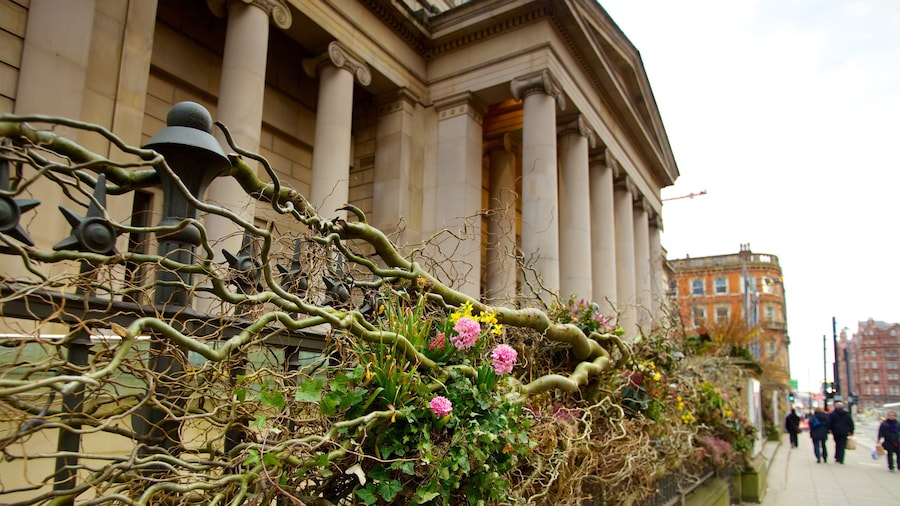This neoclassical domed library – built for the people, and stocked by the people – is one Manchester's pride and joys.
Manchester Central Library lies in the civic heart of Manchester, next to the Gothic monolith of the Town Hall Extension, and a stone's throw from the fuss and splendour of Manchester Town Hall. With all of that fabulous architecture to compete with, the library needed to be something special – and it was. Designed by E. Vincent Harris, its circular pillared form, topped by a great dome, is now one of the most recognised icons of Manchester. It also houses one of Britain's major collections of reference works, and many important historical records.While it was only built in the 1930s, it appears to hark back to a more ancient time – many have compared it to Rome's Pantheon. But while Rome may have been the architectural inspiration, this national treasure owes its formation to the efforts of Manchester's people. It was they who donated books in their thousands, in the 1850s, to set up a public library free for the entire city. The first Library was placed, in 1852, in the Hall of Science, Campfield. It was, in fact, the first such reference library in the country.It proved so popular that plans for a new library had to be made in the late 19th century, only to be delayed by the War until the 1930s. Since its arrival, its iconic shape has made it a popular meeting point – many a Mancunian will say they'll meet you 'by the Ref' (the Reference Library). But the inside is also a treasure to behold. The Great Hall in particular is an inspirational space, with its radiating reading desks, and great glass dome.Only a few of the books housed here are truly ancient – 30 published before 1500 – but the Central Library has one of most complete collections of Victorian reference works in Britain. It also looks after massive collections of historical documents, including registry records, business and political papers, and specialist collections of musical manuscripts. The library is just completing a major renovation, aiming to preserve the building's historic features, while improving the services on offer. But whatever that transformation holds, 'the Ref' remains a Mancunian icon worthy of a visit – book-lover or not.
















